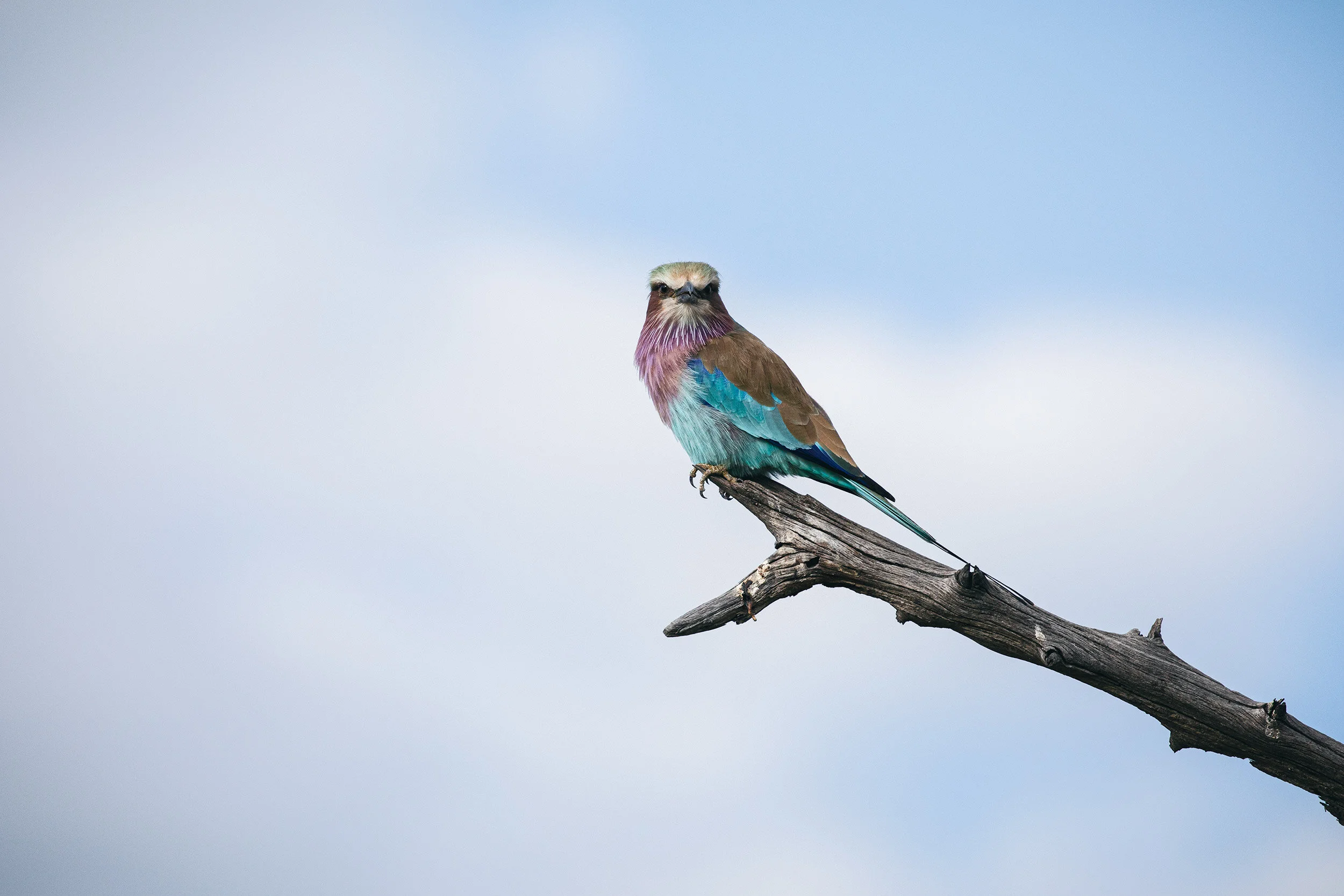Essential Wildlife Photography Tips for Beginners
The cheetah known as Mr Special | Splash Camp | Private Kwara Reserve | Botswana
Embarking on your first wildlife photography adventure requires more than just enthusiasm; it demands thorough preparation. Whether you're gearing up for an exciting trip to Africa or exploring local wildlife, understanding the basics can greatly enhance your photography experience. Here are practical tips to help you capture stunning wildlife images as a beginner.
Thorough Preparation is Key
Before setting out, ensure you're fully equipped for the journey. Research extensively about your destination—know the wildlife you might encounter, understand the climate, and learn about the specific conditions of your accommodation, especially if it caters to photographers. Check your gear meticulously: ensure your lenses are suitable, pack enough memory cards and batteries, and consider travel restrictions, like weight limits on flights. Don't forget essentials like appropriate clothing, food, water, and a sturdy tripod if necessary.
Lilac-breasted roller | Botswana
Master Your Camera
Wildlife photography can be unpredictable. Animals won't wait for you to adjust your settings. Familiarize yourself with your camera; practice adjusting settings like aperture, shutter speed, and ISO without having to look down. Experiment with different shooting modes and composition techniques at home or in local parks. The more adept you are with your equipment, the better prepared you'll be to capture fleeting moments in nature.
Manage Your Expectations
It's essential to approach wildlife photography with patience and realistic expectations. You might not capture award-winning shots on your first try, but learning is just as rewarding. Enjoy the experience and don't compare your beginnings to the seasoned pros. Instead, focus on developing your unique style and take pleasure in your progress.
Hippopotamus | The Jackal and Hide | Khwai Private Reserve | Botswana
Experience the Moment
While capturing great shots is a significant part of the journey, sometimes the most memorable moments are those you absorb without your camera. Take time to observe the natural world with your own eyes. This will enhance your experience and improve your skills as you learn more about animal behaviour and environmental settings.
Light and Composition Matter
Invest in a versatile lens that allows you to photograph wildlife from various distances. Consider close-up details and the broader scene to tell a more compelling story through your images. Pay attention to lighting and composition, which are crucial in transforming a good shot into a great one. Learn to work with natural light and the angles available during a safari.
Final Thoughts
Embarking on your wildlife photography journey can be both challenging and rewarding. To maximize your success, ensure you are well-prepared, thoroughly familiar with your equipment, and maintain realistic expectations about your initial outcomes. Remember to occasionally set your camera aside and soak in the natural beauty around you—these moments enrich your experience and deepen your understanding of the subject. Pay careful attention to the fine details and the broader scene to effectively capture compelling stories through your lens. Mastering light and composition is crucial whether aiming for close-ups or landscape shots.
Please comment below if you have any questions or want to share your experiences. This guide is designed to support beginners in wildlife photography, helping them improve their skills and appreciate nature's beauty and complexity through their lens.

